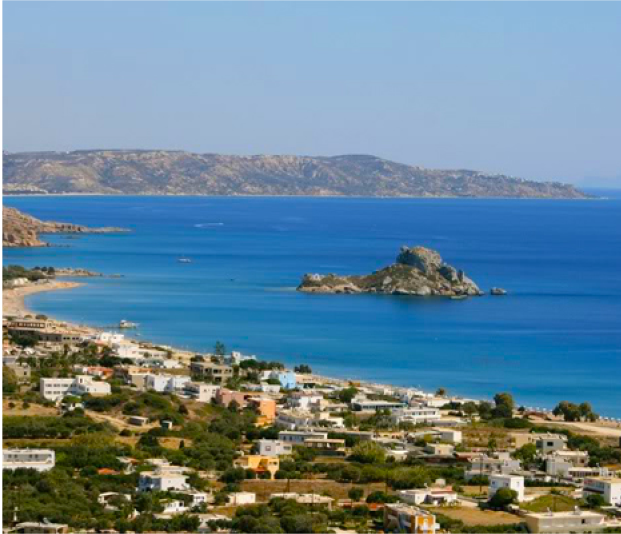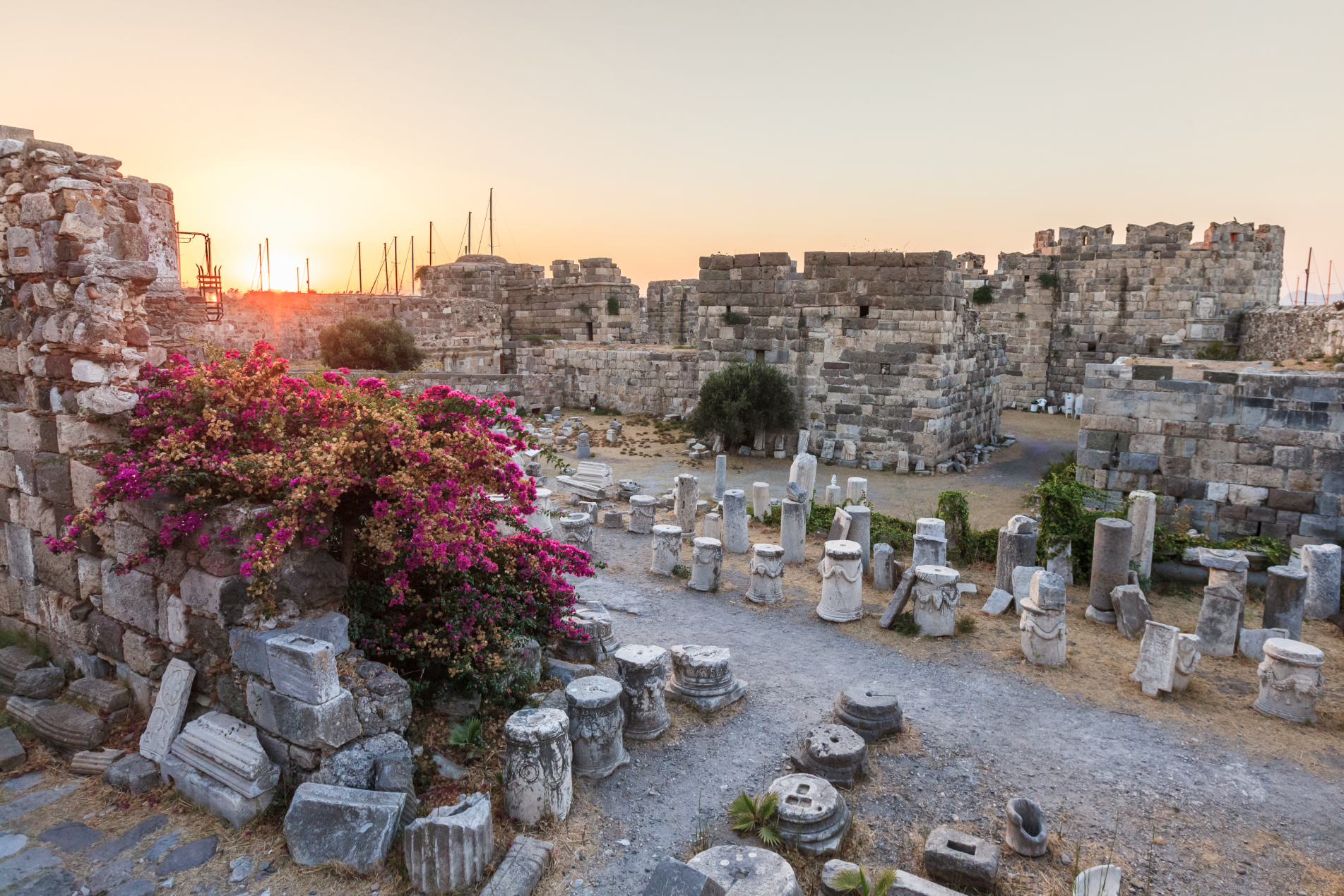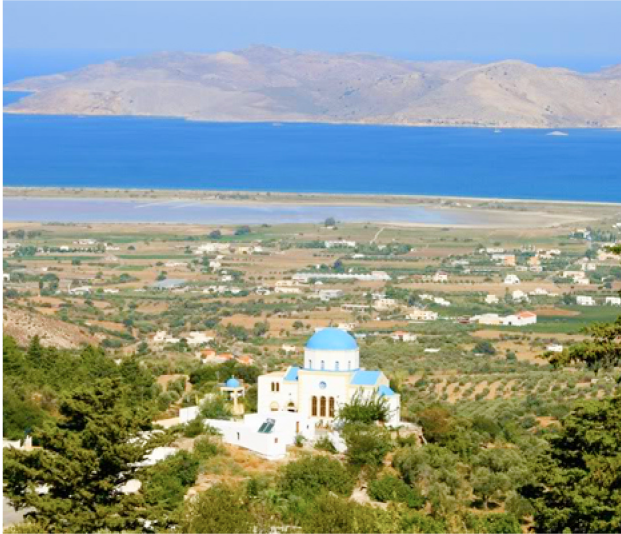ΝΕΓΡΟΥ ΑΓΓΕΛΙΚΗ
Kos General Info

Kos is an island of contrasts with beautiful sandy beaches, clear blue waters, historical ancient sites and picturesque mountain villages. An Island that offers something for everyone, an Island where everyday life lives side by side with it's ancient past. Situated in the south Eastern region of the Aegean Sea it is the third largest of the Dodecanese Islands (290,29sq km) after Rhodes and Karpathos with a population of approximately 30,000.
A fertile green Island, Kos is fed by its many springs, which begin their life in the wooded slopes of the mountains, which rise up from the flat coastal plains.
The capital of the Island is the Town of Kos itself. A cosmopolitan harbour town from which travel to the rest of the island is made easy by the major main road, which on leaving Kos Town branches off along the way to the smaller resorts and villages; finishing some 43km away in the village of Kefalos.
A large percentage of the population are involved in the tourist industry although agriculture & livestock are still prominent and the latter more so in the last couple of years. Grain, vegetables, tasty grapes, tomatoes, melons and water melons are grown in great quantities for local use as well as for export. Fresh produce is in abundance in the summer months too and this makes eating out in the many traditional tavernas a delight
Kos - apart from having its own attractions is also an ideal base to visit other surrounding islands; Rhodes, Patmos, Nissyros, Kalymnos to name a few (see pages " Trips & Tours") which are easily accessible by boat and hydrofoil.
Despite the growth in tourism, it is evident throughout the island that the locals remain firmly in touch with the traditional side of their lives, which of course in turn provides the visitor with a warm and friendly welcome!


